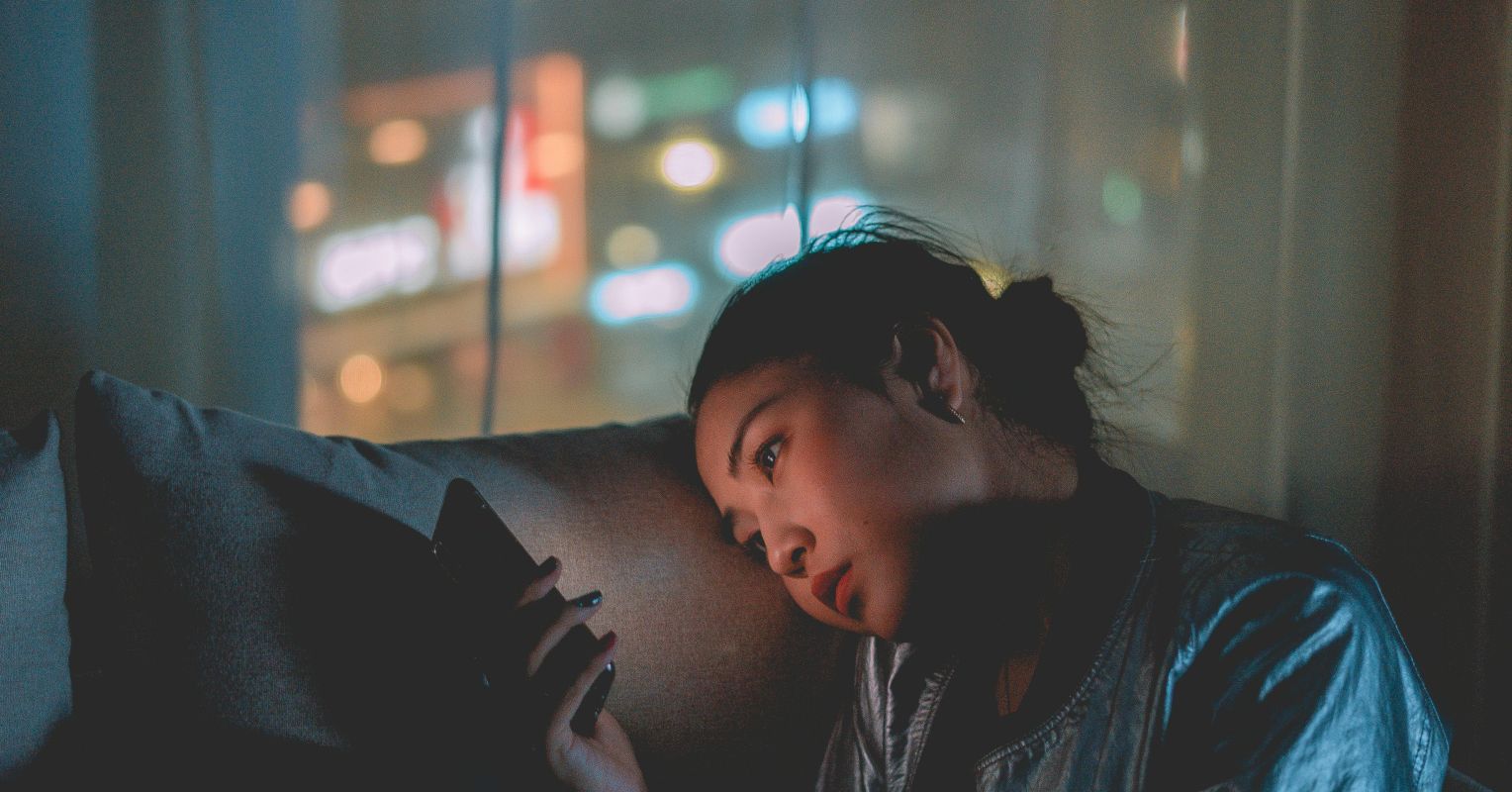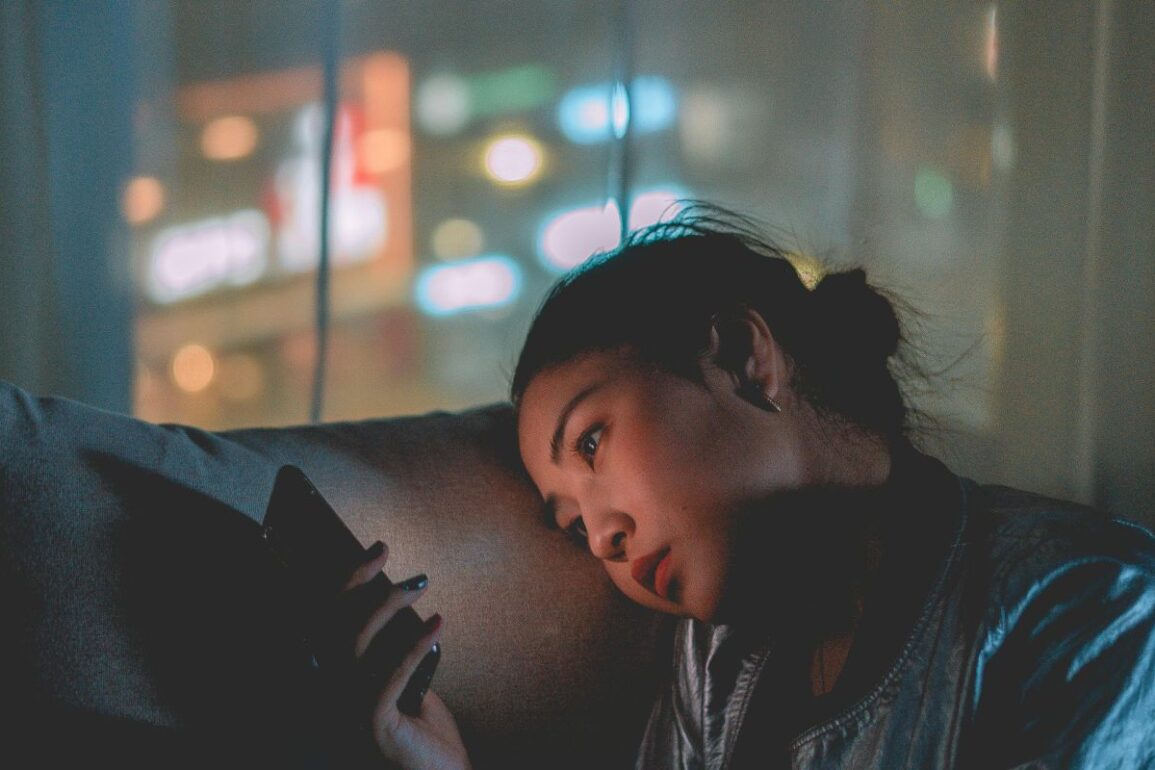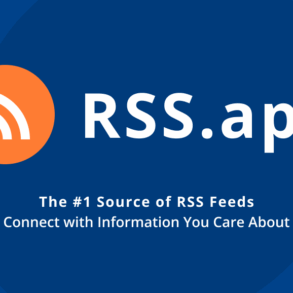
If you’ve ever felt a pang of loneliness while scrolling through your Instagram feed or noticed a sense of envy creeping in while browsing friends’ vacation photos, you’re not alone. Two recent studies by O’Day et al. and Zhang et al. shed light on how social media use and loneliness are linked. Spoiler: It’s complicated.
But don’t worry: This isn’t another “delete all your apps!” lecture. Instead, let’s unpack what these studies found and what we can do to navigate the murky waters of social media and mental health.
In O’Day et al.’s meta-analysis of 52 studies exploring how socially anxious and lonely people use social media, they found that socially anxious and lonely individuals often turn to social media for connection. In this study, the team found that these types of users are more likely to scroll passively, ruminate, and compare themselves to others—behaviors linked to worsened anxiety and loneliness. Similarly, Zhang et al.’s analysis of 82 studies involving over 48,000 participants aimed to understand whether social media sites like Facebook, Instagram, and Snapchat increase loneliness. The findings? More social media use often means more loneliness.
How You Use Social Media Matters
Interestingly, the studies emphasized how social media is used as a critical indicator of loneliness and social anxiety. Both studies found that passive use—scrolling through feeds without interaction, less posting—was strongly tied to increased loneliness. Why? Because seeing others’ curated highlighted reels can lead to unhealthy comparisons and a sense of exclusion. Furthermore, users are choosing not to interact with their online counterparts, which leaves them even more isolated.
Another interesting finding by Zhang indicated that although social media use and loneliness were consistent across gender and age, culture did play a role. Not surprisingly, people in individualist societies, like Canada and the U.S., were more likely to experience loneliness on social media, while those in collectivist cultures, like Japan and India, experienced less loneliness—possibly because of stronger offline networks.
Why Is This Relevant?
Social media is everywhere: 88% of young adults (ages 18-29) use it, and most check it daily. It’s not going away. For socially anxious and lonely individuals, it can feel like a lifeline. But as these studies suggest, it can also amplify feelings of isolation and inadequacy, particularly when used passively or excessively.
The takeaway: It’s not helpful to limit how much time you spend on social media alone; you must also to be mindful of how you use it.
Recommendations
- Be Active, Not Passive. Instead of endlessly scrolling, engage! Send a message, comment on a friend’s post, or share something meaningful. Active use can foster connection, while passive use can deepen loneliness.
- Mind Your Mindset. Are you comparing yourself to others or seeking validation? Recognize these patterns and remind yourself that social media is a highlight reel, not real life.
- Set Boundaries. Balance is key: Limit time spent on social media and take breaks to focus on offline connections.
- Foster Real-World Connections. If loneliness is creeping in, prioritize face-to-face interactions. They provide the kind of depth and emotional support that social media often can’t.
The next time you’re on social media, be mindful of avoiding excessive passive doomscrolling and identify your motivation for use. For example, ask yourself: Am I here to connect, or just to compare? What needs is social media use meeting for you, and can these needs be better met with in-person connection? Small shifts in the right direction in the amounts of social media used and how and why you use it could help you feel more socially connected and less lonely.
This post was originally published on this site be sure to check out more of their content








